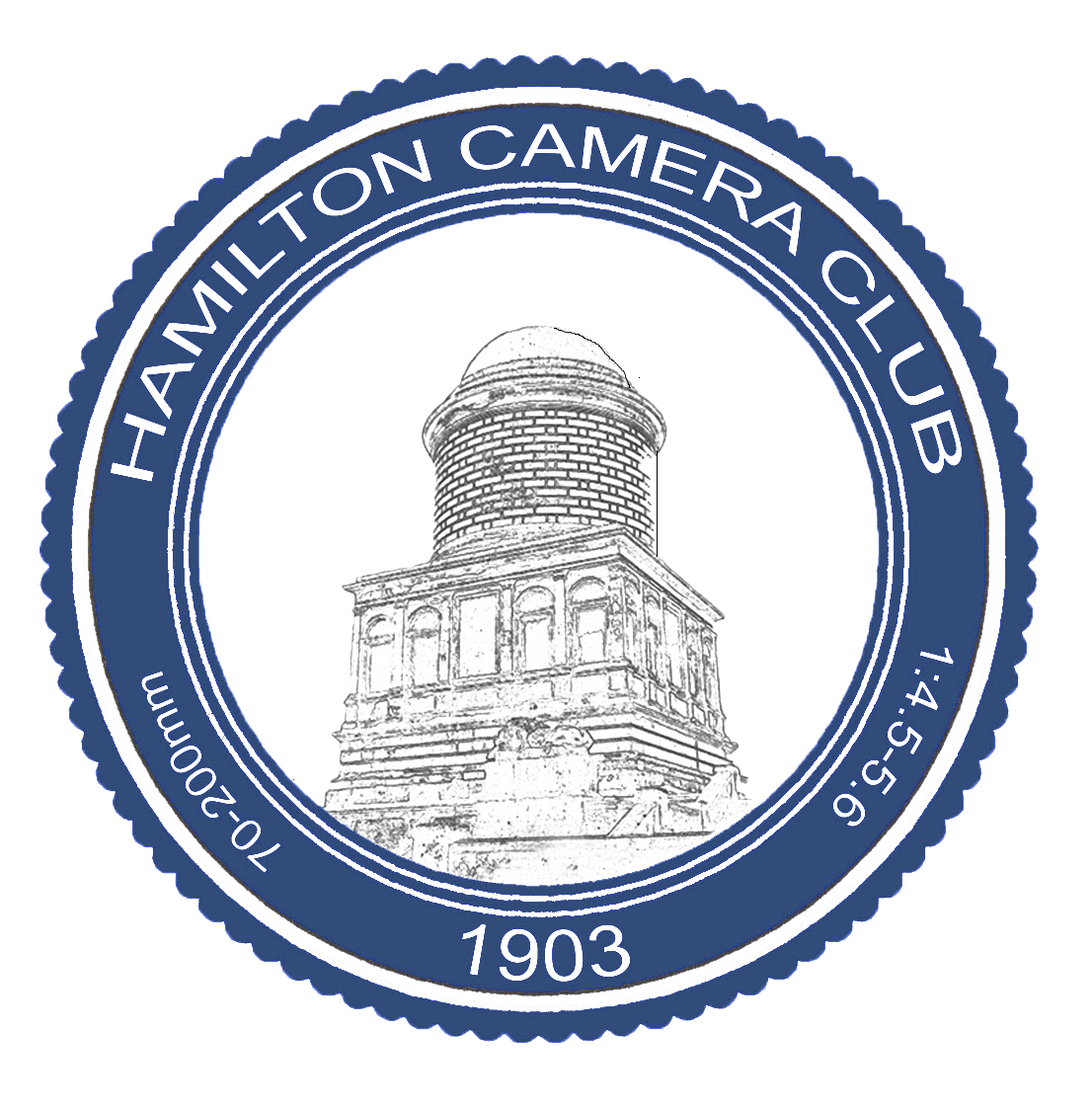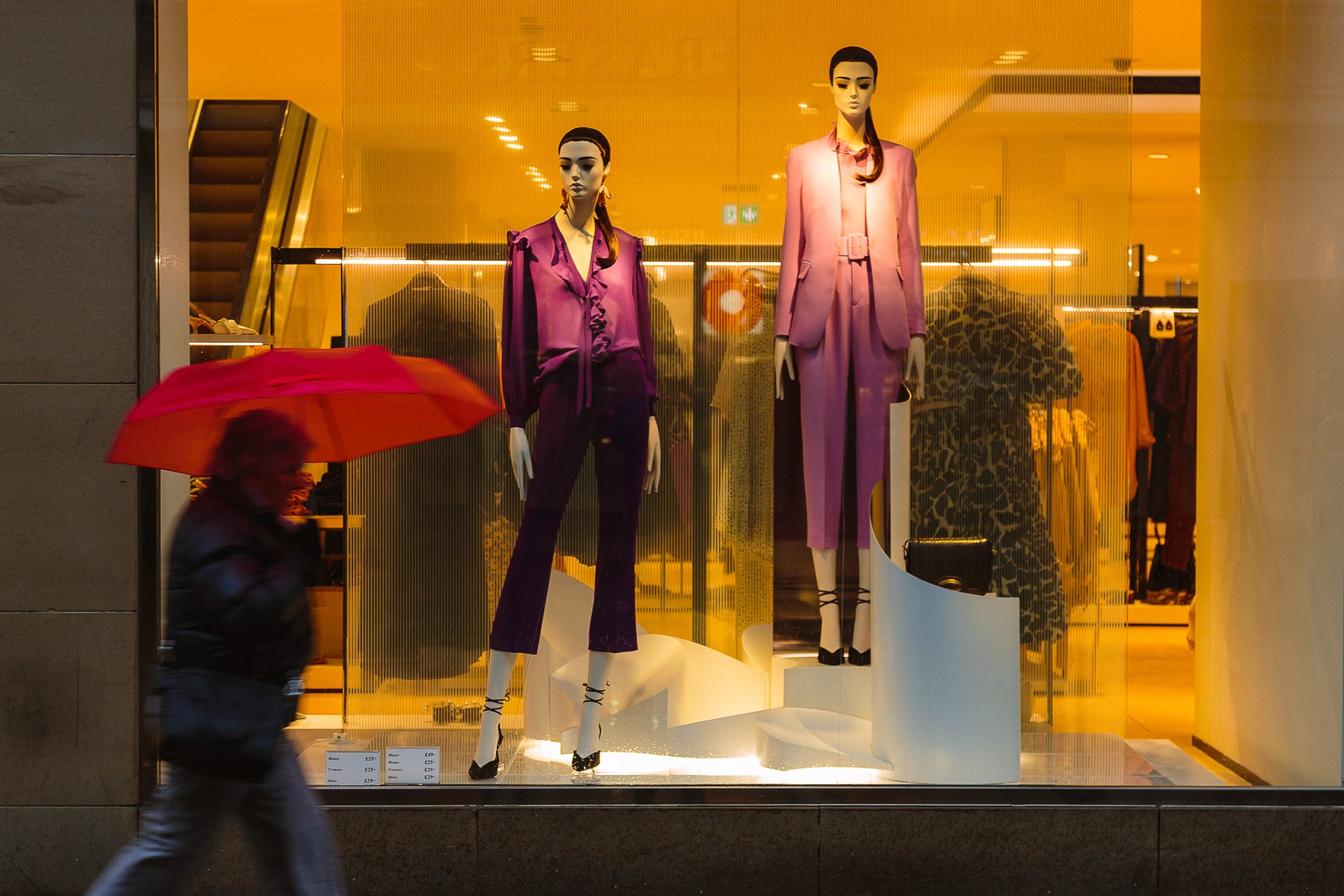Cameron Scott
The Club was very fortunate on 21st September to have an evening with Cameron Scott - https://cameronscottstreetphotography.net - during which he inspired us with his enthusiasm and insight into street and documentary photography.
Cameron immediately engaged the audience with his relaxed, humorous and conversational style, initially talking about his early interest in photography at Wishaw High School, where he joined a group and started to learn how to use a camera. He explained that besides creating his own photographs, he is greatly interested in studying the work of others. He has an extensive library of photography books which he goes back to again and again, describing the process as like “painting the Forth road bridge” in that each time he develops in his own style and approach, he gains a new insight into these classic works.
We were then treated to a review of selected output of some of these famous street and documentary photographers including Henri Cartier-Bresson, W. Eugene Smith, Robert Frank and Garry Winogrand. Cameron explained the key elements of their work and how they had added to the language of photography.
Returning to Cameron’s own story, he talked about how he had become a member of a camera club and began focussing on “pictorial” photographs, such as landscapes and still lifes, with fine art aspirations. He gained increasing recognition, achieving competition success and having his work accepted by international exhibitions and salons.
However, he never truly engaged with this style. Although he admired the work of friends and other club members, he found his own work rather soulless. Things came to a head when, one snowy day, he and his wife decided to abandon a planned trip to Rannoch Moor due to the prospect of having to compete for good locations with photographers from all over Scotland. Instead, they spent some time in Glasgow where Cameron casually took some photos of the life going on around him. He enjoyed this approach and its results so much that it spurred him to take his photography in a completely different direction.
Cameron spoke of the difficulty in getting recognition for street photography in camera clubs, so he turned to Instagram, Facebook and Flickr to show his work. He met with many other street photographers, both online and in person, and became part of a wider community. This ultimately led him to join and then become a curator at Progressive Street (https://www.progressive-street.com).
The street photography work was mostly in colour. “Grab shots” taken on the move, often from chest height or lower. Colour was central to the compositions and Cameron made great use of juxtaposition to create dynamic and sometimes humorous photos. There isn’t necessarily a central subject - rather the image can be built in from the edges and may have complex arrangements of shapes and angles. Sometimes the subject of the photo is echoed elsewhere in the image, such as when a dog-walking woman who brushes her hand through her hair is pictured against a shop poster of a model doing the same. Reflections are used to create unusual compositions which demand closer viewing.
A major series from this period was “Life Through A Bus Window”, taken outside-looking-in to various bus windows in Glasgow. These photos are characterised by dark, saturated colours and abstract effects created by condensation. The near-black edge of each window meets the edge of the image, so that the photos resemble frames on a strip of film. Amusingly, Cameron explained how he would walk down Hope Street, pressing the buttons at the pedestrian crossings so that the buses would be forced to halt, giving him time to seek out suitable subjects.
Although he continues to work in the genre of street photography, Cameron now focuses more on documentary work and will often produce a series of images depicting a specific event. These include rallies of the independence and trades union movements, anti-racist and progressive marches, Pride, and so on. He has switched to monochrome as he feels that colour became too dominant an aspect of composition in his pictures. Slightly incongruously, one of his first ventures into this type of work was at Carnwath Agricultural Show (https://www.progressive-street.com/featured-stories/2022/8/9/carnwath-agricultural-show-2022) where farmers showing their sheep were used to create images full of character and movement.
He likes to get to know his subjects so that he is accepted and can blend in with the crowd, meaning that the individuals at these events and their expressions are clearly seen. Using a wide angle lens (down to 16mm full frame equivalent) allows him to get really close in on the action. Perhaps surprisingly, he finds that he is largely ignored by the people he is photographing, partly because the wide angle allows him to shoot without directly pointing at his subjects.
At some point Cameron switched from Canon to Lumix gear, having found the former too cumbersome for his approach. In his recent work he tries to use consistent settings on the camera F4 and 1/320 (ambient light permitting) with auto-iso, then using the minimal post-processing. He might crop a little, but keeps the aspect ratio at 3:2 and uses a custom Lightroom preset to ensure consistent tones. This is really important when creating a photo essay as each piece needs to match in closely with the others.
Cameron concluded his presentation with the image of a young woman being assisted by charity workers after she was attacked with ammonia. He had been working with the charity group with the aim of creating a documentary series when the awful event took place. The photo is full of drama and action, as the workers selflessly try to bring some relief to the distressed victim.
This was a truly inspiring talk about an approach to photography which is full of courage and humanity.




